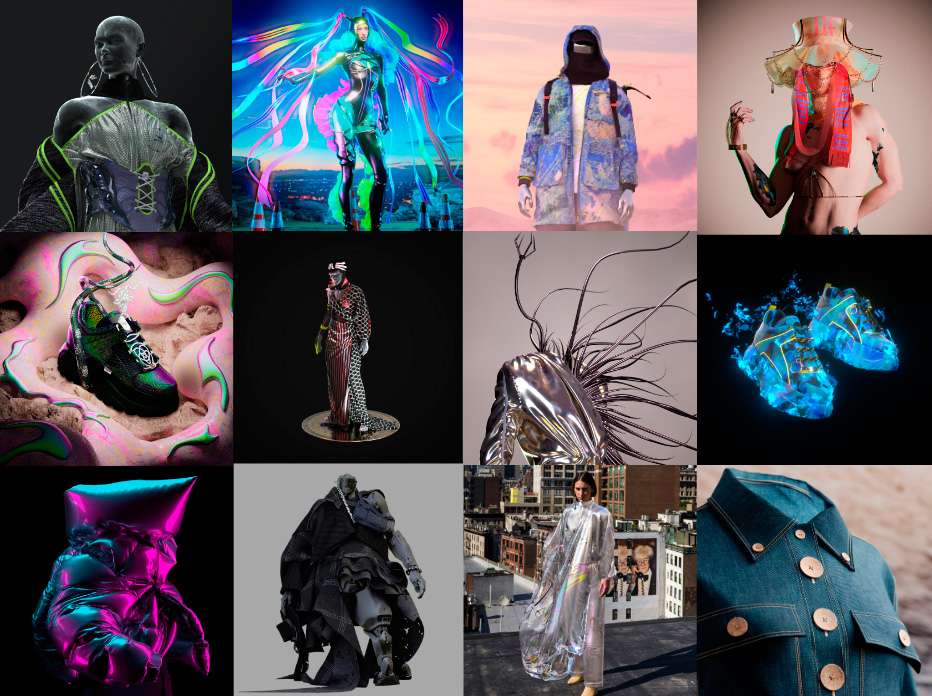
Blockchain, initially used in cryptocurrency, has since spread to the fintech sector is gradually taking on an important role in other sectors as well, including the fashion and luxury industries.
A blockchain is a distributed digital ledger (DLT) that can store data records/transactions (financial and otherwise) in a secure, verifiable and immutable manner. For this reason, production tracking and property certification appear to be among the most suitable application areas of blockchain outside the classic world of virtual currencies.
In fact, many companies in the fashion industry are beginning to experiment with this type of technology whose potential can evolve their brands considerably: from tracking the provenance of the materials used to make products, to demonstrating their authenticity, to guaranteeing the ownership of the goods when they are sold. Several world-renowned brands are beginning to use it in production for their products.
Blockchain and Sustainability
For companies in the industry, the use of blockchain provides a number of benefits including traceability of buying and selling transactions and processing steps, distribution steps and in some cases geolocation of the product. In this way, the consumer is also protected: monitoring products step by step on their journey from raw material to the factory to purchase turns out to be a guarantee factor for customers who are increasingly interested in the origin of the materials from which the clothing or luxury goods they buy are made, for both ethical and environmental sustainability reasons.
Blockchain and product authenticity
Blockchain technology is also beginning to be explored in the fashion and luxury industry as an effective means of ensuring safety and quality and thus increasing product trust. Louis Vuitton and Dior were the first brands to experiment with blockchain technology and to be able to verify the traceability and authenticity of products. Blockchain offers them to exploit a great potential, allowing customers to have access to the origins and history of the product they purchase, a crucial factor in constrasting counterfeiting now increasingly amplified even by the growth of e-commerce
Some major brands have also started offering their items as NFT (Non-Fungible-Token), or non-fungible (unique and non-reproducible) token (digital token or digital coin); an NFT can be regarded as a digital attestation of authenticity and ownership of the asset (digital and non-digital) with which it is associated and which is notarized (recorded in an unalterable manner) in blockchain.
Through NFTs, brands allow their customers to purchase the actual garment and/or digitally, offering additional unique shopping experiences. This scenario has allowed several fashion companies to “enter the metaverse,” so as to initiate a new fashion experience concept: metafashion, or fashion applied to the metaverse.

Get exclusive monthly trend insights to stay ahead of the Fashion game.
You’ll receive the latest updates on our new releases, along with exclusive insights, streaming trend content, and curated highlights that keep you in the know
DON'T MISS OUT—JOIN OUR NEWSLETTER NOW FOR EXCLUSIVE INSIDER UPDATES
Category: Uncategorized
Views:






